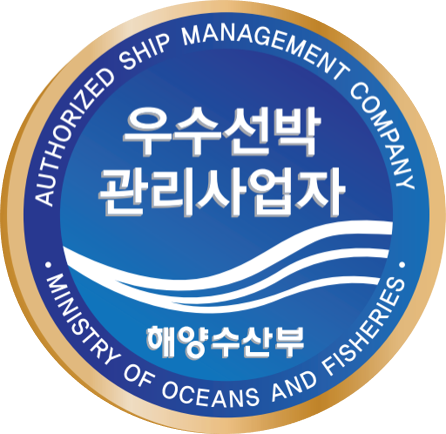California adopts federal ballast water discharge standards
페이지 정보
작성자 최고관리자 댓글 0건 조회 824회 작성일 21-11-26 17:03본문
California adopts federal ballast water discharge standards
by The Editorial Team
The State of California adopted new legislation on ballast water management, with new discharge standards taking effect on 1 January 2022.
Namely, the Commission has adopted regulatory amendments that will implement the federal ballast water discharge standards for vessels arriving at California ports, among other provisions. These changes will become effective on January 1, 2022.
The details of these ballast water discharge standards are in the following table:

Which vessels will need to comply with California’s ballast water discharge performance standards?
All new and existing vessels that are 300 gross registered tons or
more and are carrying, or capable of carrying, ballast water, except those that
have a valid compliance date extension granted by the U.S. Coast Guard.
Will vessels with an extension granted by the U.S. Coast Guard need to meet California’s ballast water management requirements?
Yes, vessels with an existing extension to the vessel’s compliance date granted by the U.S. Coast Guard will need to comply with California’s ballast water management requirements. Details about the management requirements can be found at https://www.slc.ca.gov/misp/.
What happened to the Interim and Final California Ballast Water Discharge Performance Standards?
Interim and Final Ballast Water Discharge Performance Standards were delayed until 2030 and 2040, respectively. The Commission is required to report to the California Legislature on the availability and efficacy of treatment technology 18 months prior to each implementation date.
Alternative methods to meet California’s Ballast Water Discharge Performance Standards
Vessels can use water from a Public Water System:
Please note that if the ballast tanks have had water from a source other than a from Public Water System, the ballast tanks and supply lines need to be cleaned before using this alternative method. In addition, vessels using water from a public system need to maintain a receipt, invoice, or other documentation recording which Public Water System was used.
Monitoring Ballast Water Treatment System Functionality
- The system must be operated in accordance with the System Design Limitations stipulated by the manufacturer or set forth in the United States Coast Guard approval certification or the “Alternate Management System” acceptance letter.
- All the applicable sensors and other control equipment must be calibrated as recommended by the manufacturer.
Recordkeeping
What ballast water treatment system records must be maintained onboard vessels?
- Printed or electronic functionality monitoring and calibration records for a minimum of two (2) years.
- Printed or electronic records of any biological monitoring performed, from at least the past two (2) years, including dates of the monitoring, the individuals or entities who performed the tests, and methods used.
- The ballast water treatment system type approval certificate or “Alternate Management System” letter issued by the United States Coast Guard, as applicable.
- Procedures to manage ballast water in case of equipment malfunction.
Collecting Samples for Research Purposes
Can Commission staff members collect samples from any vessel discharging ballast water in California waters?
Yes, Commission staff members may collect and analyze ballast water and sediment samples for research purposes and must be given access to ballast water tanks and sampling ports when feasible.




